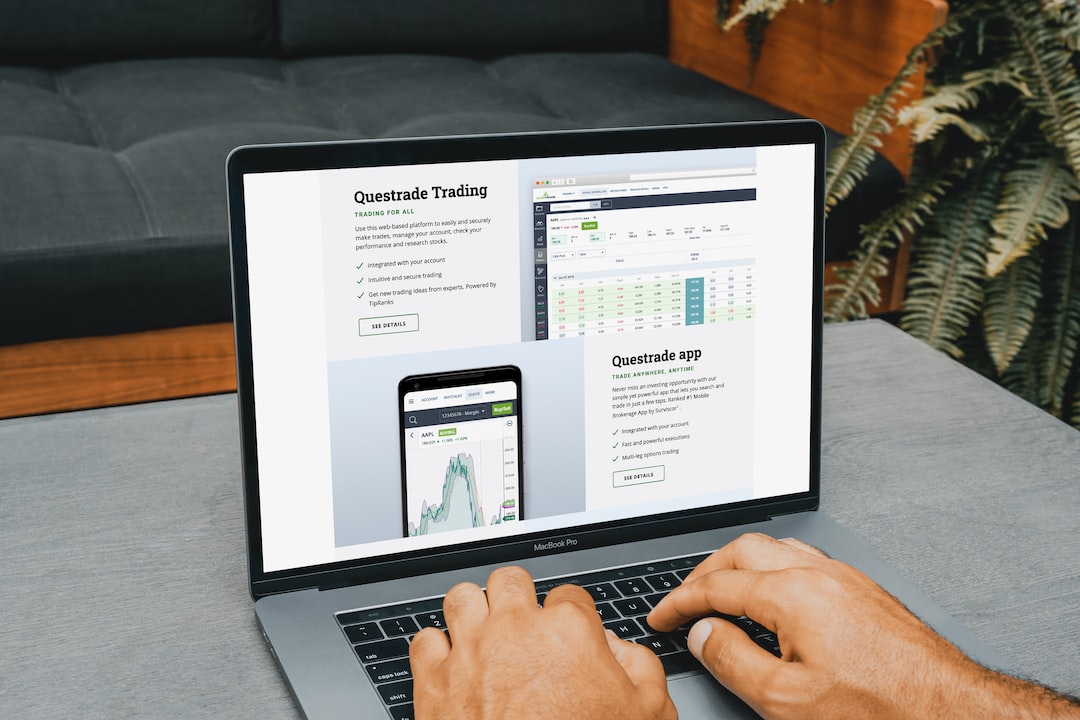The forex market, also known as the foreign exchange market, is a decentralized global market where currencies are traded. It is the largest and most liquid financial market in the world, with an average daily trading volume of over $5 trillion. The forex market has become popular among traders and investors due to its high liquidity, low transaction costs, and potential for profits.
However, before diving into the forex market, it is essential to understand the fundamentals of forex trading. In this article, we will explain what the fundamentals of forex trading are, why they are important, and how they affect the market.
1. Understanding the Forex Market
The forex market is a market where currencies are traded. Unlike other financial markets, it operates 24 hours a day, five days a week, with no central exchange or physical location. The forex market is decentralized, which means that it operates through a network of banks, brokers, and other financial institutions.
The forex market is driven by supply and demand, and the exchange rate of a currency pair is determined by various factors such as economic data, political events, and market sentiment. The most commonly traded currency pairs in the forex market are the U.S. dollar (USD), euro (EUR), Japanese yen (JPY), British pound (GBP), Swiss franc (CHF), Canadian dollar (CAD), and Australian dollar (AUD).
2. Fundamental Analysis
Fundamental analysis is a method of analyzing the forex market by looking at the economic, financial, and political factors that may affect the value of a currency. Fundamental analysis is based on the idea that a currency’s value is determined by its underlying economic, financial, and political conditions.
The economic factors that affect a currency’s value include GDP, inflation, interest rates, and employment data. For example, if a country’s GDP is growing, its currency may appreciate, as investors may see the country as a good investment opportunity. Similarly, if a country’s inflation rate is high, its currency may depreciate, as investors may see it as a less attractive investment opportunity.
The financial factors that affect a currency’s value include central bank policies, fiscal policies, and debt levels. For example, if a central bank raises interest rates, its currency may appreciate, as investors may see it as a sign of a strong economy. Conversely, if a country has high debt levels, its currency may depreciate, as investors may see it as a risky investment opportunity.
The political factors that affect a currency’s value include geopolitical events, government policies, and elections. For example, if a country’s government announces new policies that are seen as beneficial to the economy, its currency may appreciate, as investors may see it as a positive sign. Conversely, if a country is experiencing political instability, its currency may depreciate, as investors may see it as a risky investment opportunity.
3. Technical Analysis
Technical analysis is another method of analyzing the forex market, which involves using charts and other technical indicators to identify trends and patterns in the market. Technical analysis is based on the idea that the price of a currency reflects all the information available about that currency, including the economic, financial, and political factors that affect its value.
Technical analysts use various tools such as trend lines, moving averages, and chart patterns to identify potential trading opportunities. For example, if a currency is in an uptrend, a technical analyst may look for opportunities to buy the currency, while if it is in a downtrend, they may look for opportunities to sell it.
4. Risk Management
Risk management is an essential part of forex trading, as it involves identifying and managing the risks associated with trading. Forex trading involves a high degree of risk, and traders may lose money if they do not manage their risks properly.
Risk management involves setting stop-loss orders, which are orders that automatically close a trade if the price reaches a certain level. Traders may also use other risk management tools such as position sizing, diversification, and hedging.
Conclusion
In conclusion, the fundamentals of forex trading are essential for traders who want to succeed in the forex market. Understanding the economic, financial, and political factors that affect a currency’s value, as well as using technical analysis and risk management tools, can help traders make informed trading decisions and manage the risks associated with trading. The forex market is a dynamic and exciting market, and by understanding its fundamentals, traders can take advantage of the opportunities it offers.





